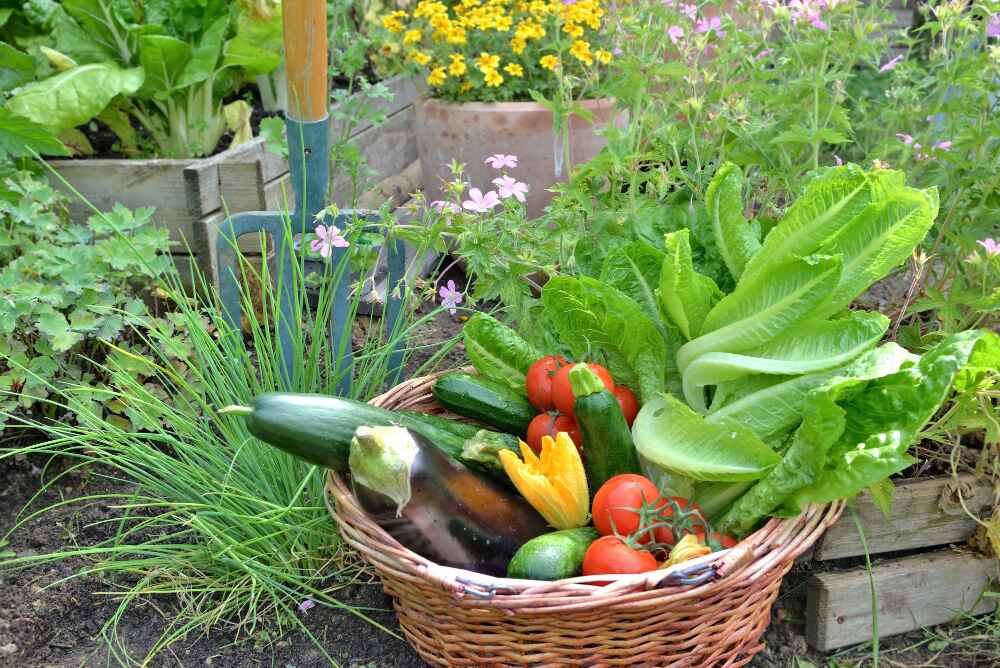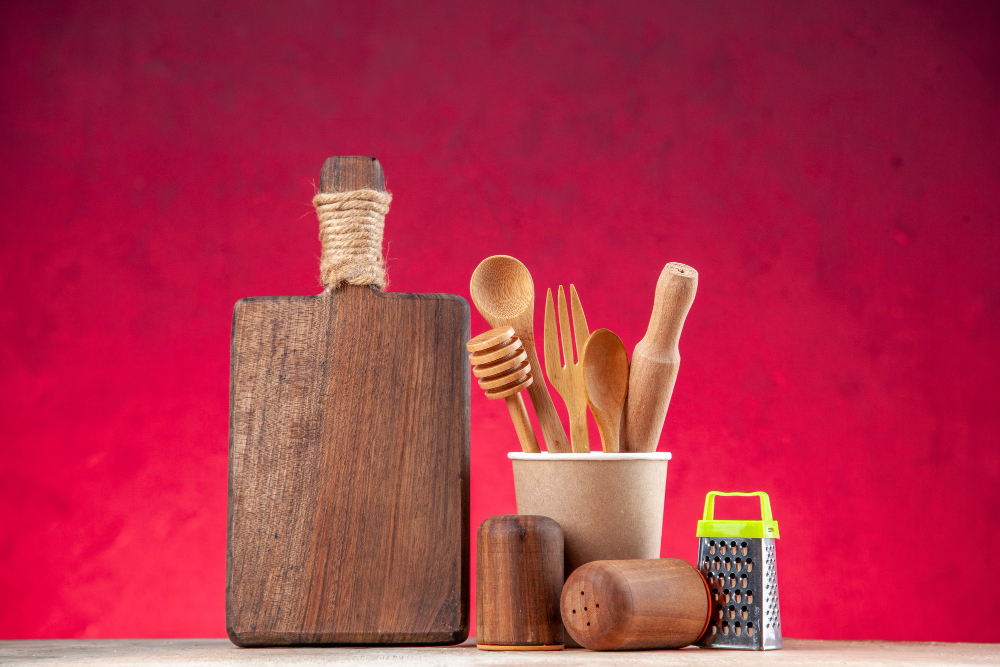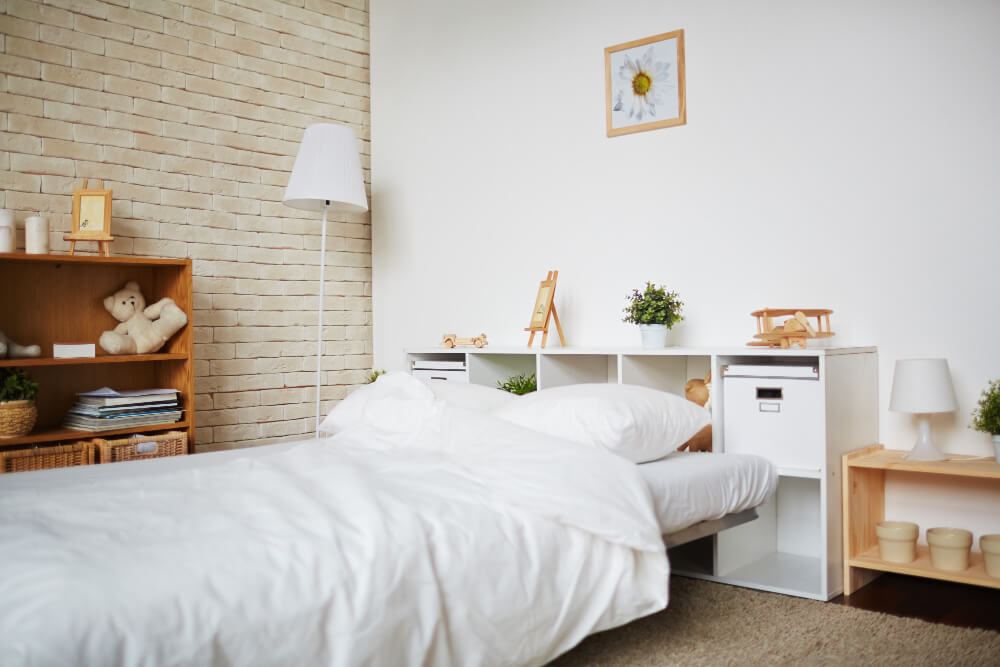Are you ready to start growing your own vegetables? The rewards of gardening are many: fresh, flavorful produce, a connection to the land and environment, an opportunity for physical exercise and improved air quality. If this sounds like something you’re interested in, then The Guide to Starting a Vegetable Garden is here to help! This complete guide will provide everything you need from soil prep and seed selection all the way through harvesting your delicious veggies. From beginner gardeners who want advice on tools and techniques to experienced farmers looking for new ideas – this guide has it covered! Let’s get started on our journey into vegetable gardening today.
Decide on your garden plot size and the type of vegetables you want to grow
Your garden plot size and the selection of vegetables you plant will determine your success in the garden. Your plot size depends on the available space, the plants you want to grow, and the effort you’re willing to put out. When it comes to choosing vegetables, the options are endless. You can pick from easy-to-grow vegetables like tomatoes, green beans, and cucumbers or experiment with unique varieties like purple carrots, heirloom tomatoes or rainbow chard. Selecting the right vegetables will ensure your garden produces the best possible results. So, take some time to plan and decide on your garden plot size and vegetable selection to ensure a delightful harvest.
Prepare the soil by removing any existing weeds and adding compost or fertilizer
Preparing your soil is one of the most important steps in growing a healthy garden. Taking the time to remove any existing weeds and adding compost or fertilizer can make a significant difference in the growth and productivity of your plants. Weeds can rob your plants of necessary nutrients and water, which can be detrimental to their health. By removing them, you’re giving your plants a better chance to thrive. Adding compost or fertilizer is also crucial, as it provides the necessary nutrients and minerals needed for your plants to grow strong and healthy. So take the time to prepare your soil properly, and you’ll reap the rewards with a thriving and flourishing garden.
Select the right location for your garden plot, taking into account sunlight, drainage, and wind patterns
When it comes to starting a garden, selecting the right location is key to ensuring success. There are a number of factors to consider, including sunlight, drainage, and wind patterns. Sunlight is important for plants to grow, and certain plants require more or less sunlight depending on their needs. Drainage is also crucial as too much water can drown a plant’s roots, while too little can cause them to dry out. Wind can also be a factor, as strong gusts can harm delicate plants. By taking the time to carefully select the right location for your garden plot, you’ll be setting yourself up for a bountiful and flourishing garden for years to come.
Plant your vegetable seeds or seedlings at the recommended spacing
When it comes to growing vegetables, one of the most important factors is spacing. Each seed or seedling needs a certain amount of space to grow and thrive properly. This means it’s crucial to follow the recommended spacing guidelines for the specific plant you’re growing. Whether it’s carrots, lettuce, or tomatoes, taking the time to plant them at the right distance from one another will promote healthy growth and bountiful harvests. So, if you’re looking to create a successful vegetable garden, be sure to do your research and plant your seeds or seedlings at the recommended spacing. Your plants (and your taste buds) will thank you!
Make sure to water your plants regularly and maintain proper weeds control
There’s nothing quite as satisfying as seeing healthy, thriving plants in your garden. But to achieve this, it’s essential to keep up with the basics of plant care, including regular watering and weeding. Plants need a consistent supply of water to stay hydrated and nourished, particularly during the hotter months of the year. Additionally, weeds can easily overpower your beautiful flowers and vegetables if left uncontrolled. We all want to maintain a beautiful garden that brings joy and enhances our outdoor spaces. So, make it a priority to water your plants regularly and keep those pesky weeds at bay. The result will be a beautiful garden that you can enjoy throughout the year.
Monitor your plants’ growth and be ready to harvest when they reach maturity
Watching your plants grow can be an exciting and rewarding experience, but if you’re hoping to enjoy the fruits of your labour, it’s important to keep a close eye on your plants as they reach maturity. Knowing when to harvest your vegetables or herbs is key to producing high-quality, flavorful results. Whether you’re growing tomatoes in your backyard, cultivating a spice garden on your windowsill, or experimenting with new varieties of produce, taking the time to monitor your plants’ growth and harvest them at peak ripeness will ensure that you get the most out of your gardening efforts. So roll up your sleeves, put on your gardening gloves, and get ready to reap what you sow!
Final Thought
Creating a vegetable garden at home can be a rewarding and exciting experience that brings joy to the whole family. It is an inexpensive way to bring fresh, nutritious food to your dinner table in no time. By following these simple steps – deciding on plot size and types of vegetables, preparing soil, selecting the right location with ample sunlight, spacing out seedlings or seeds correctly, regular watering and weed control as well as monitoring growth – you are sure to reap the rewards of your labour very soon! Though it is not a get-rich-quick task, with proper planning and regular maintenance you should have a bumper crop ready for harvest in no time at all. Start your own vegetable garden today and enjoy the fruits of your hard work!
This article is posted on GetLocal MY.



